Viola da Gamba
Installation
J48C :
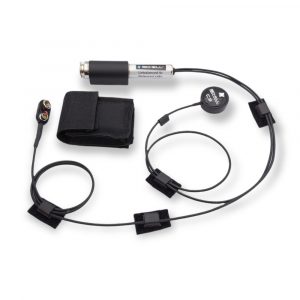
- Plan your cable route and system placement.
- Clean the gluing spots. The location of the microphone must be clean.
- Then attach the Jack on the front of the tailpiece with Velcro scratch
- Secure the 9v battery pouch behind the tailpiece with the scratch. If space does not allow it, attach the 9v battery directly with the scratch without the cover
- Place the contact microphone in the desired location, a cable tie at 3 cm with a little putty adhesive then make your first tests.
- Adjust the mic placement if necessary several times. See below.
- Secure and retract excess cable using the cable ties provided. You can make loops with the 3 cable ties.
X48C :
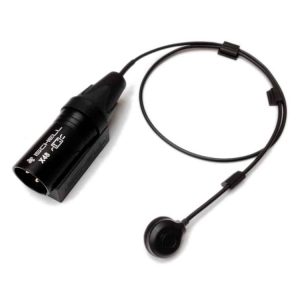
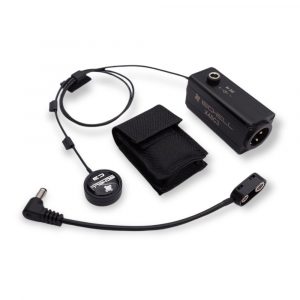
- Plan your cable route and system placement.
- Clean the gluing spots. The location of the microphone must be clean.
- Then fix the XLR on the front of the tailpiece with the Velcro scratch
- Secure the 9v battery pouch behind the tailpiece with the scratch. If space does not allow it, attach the 9v battery directly with the scratch without the cover
- Place the contact microphone in the desired location, a cable tie at 3 cm with a little putty adhesive then make your first tests. Adjust the mic placement if necessary several times. See below.
- Secure and retract excess cable using the cable ties provided. You can make loops with the 3 cable ties.
CPJ Microphone Kits – APJ- ACPJ – X48JC:
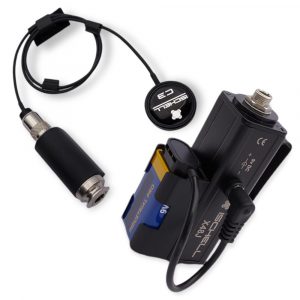
- Plan your cable path and the placement of the microphone kit.
- Clean the gluing spots. The place where the contact microphone is placed must be clean.
- Then attach the Jack on the front of the tailpiece with Velcro scratch
- Place the contact microphone in the desired location, a cable tie at 3 cm with a little putty adhesive then make your first tests.
- Adjust the mic placement if necessary several times. See below.
- Secure the aerial microphone with putty adhesive or the small scratch provided.
Positioning of the contact microphone

- As a reminder, it is important to properly prepare your contact microphone for installation, do not hesitate to read or reread the advice below depending on your model:
- Original C1 contact microphone preparation page
- C2 and C3 contact microphones preparation page
- There is no precise rule for the placement of the microphone on a viola da gamba, the first position to try is the one between the soul and the treble foot of the bridge as in the photo above.
- Make your first attempts. Refine the adjustment by approaching or moving away from the bridge from top to bottom but also from left to right by a few millimeters each time in order to determine the best placement.
- If you can't find the sound in this area, you can try on the other side at the edge of the soundbar, inside or outside, 4/6cm from the foot of the bridge.
- Your system is equipped with a low cut. If after determining the best placement for sound balance, you find that the sound lacks bass, then set the low cut to 180Hz. If you find that the sound lacks depth in the bass, put it on Flat and vice versa.
- If the sound is too bright, try resting the mic in the same spot with the gray putty for a duller sound in the highs and rounder in the bass.
- If the notes or strings are still more or less strong, you can compress the sound which can correct the problems of note power, strings but also overtones too present. Refer to the preparation of your contact microphone to learn how to compress the sound.
Positioning of the aerial microphone
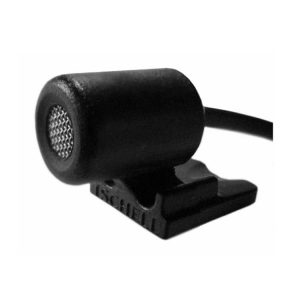
- The default position is on the treble bridge foot, 3 or 4 cm from the soundboard, angled towards the center of the instrument.
- The second position is at the edge of the round hole of the ear on the bass side, directed towards the center of the instrument.
- Attach the microphone to the bridge stand with the supplied Velcro strap. If you position it on the soundboard, use a little adhesive putty provided, but not used.
- The position of the low cut for aerial microphones is by default 360Hz for the A1, the 180Hz or Flat positions can be tried with the A3.
Stage use
Using the contact microphone:
- Allows high levels face / returns, easy use on amp.
- Use of effect pedals, loopers with loops without taking over surrounding sounds...
- Contact microphone + Aerial on noisy stages, put only the contact microphone in return and on the front panel 60% contact and 40% aerial.
Common equalizations with the aerial microphone:
- Reduce the bass if necessary below 200Hz
- Make a dip around 400 / 500Hz (recurring).
- On oversized sub bass systems, add a low cut.
- On some systems, reduce the treble slightly.

